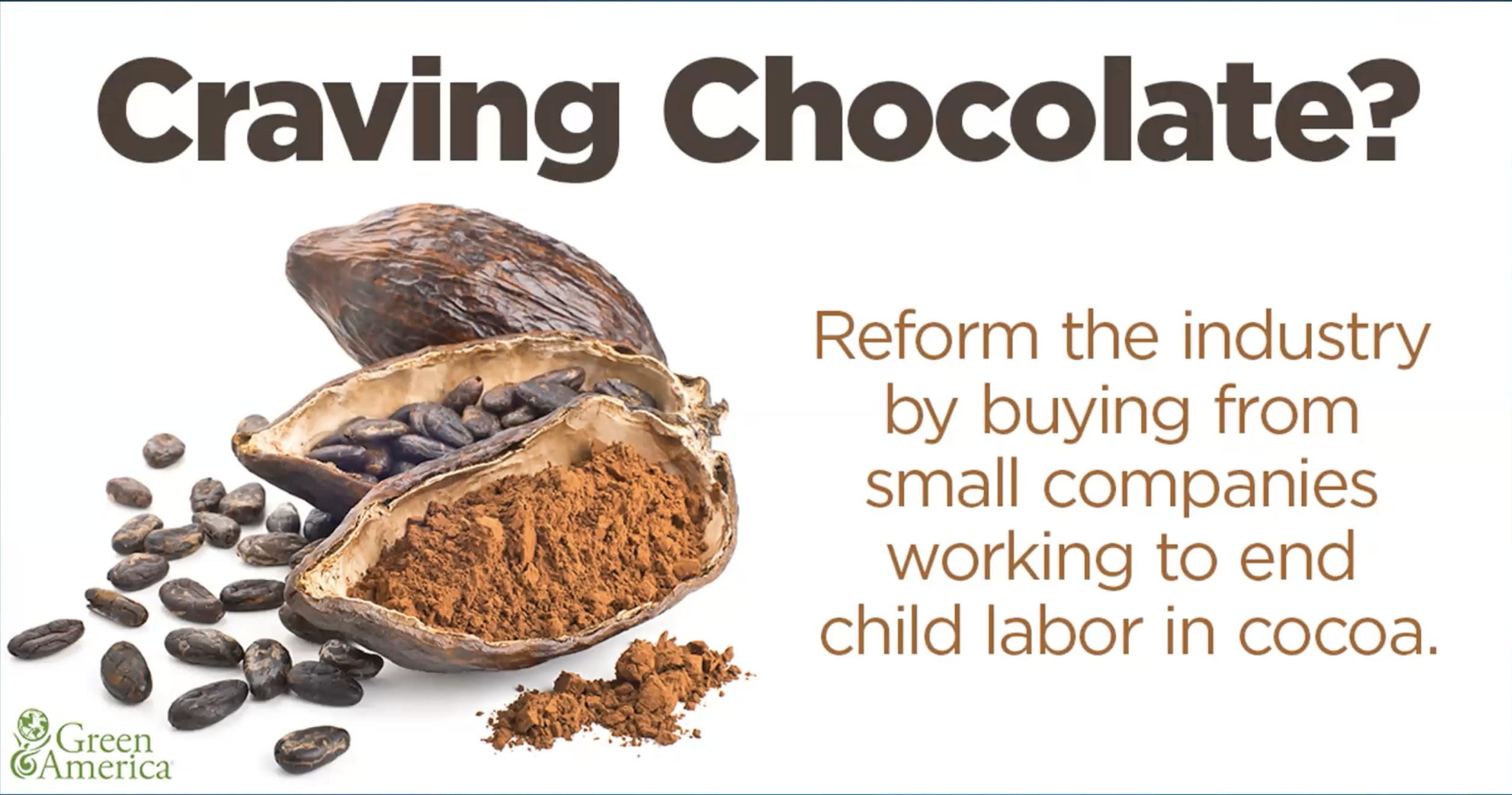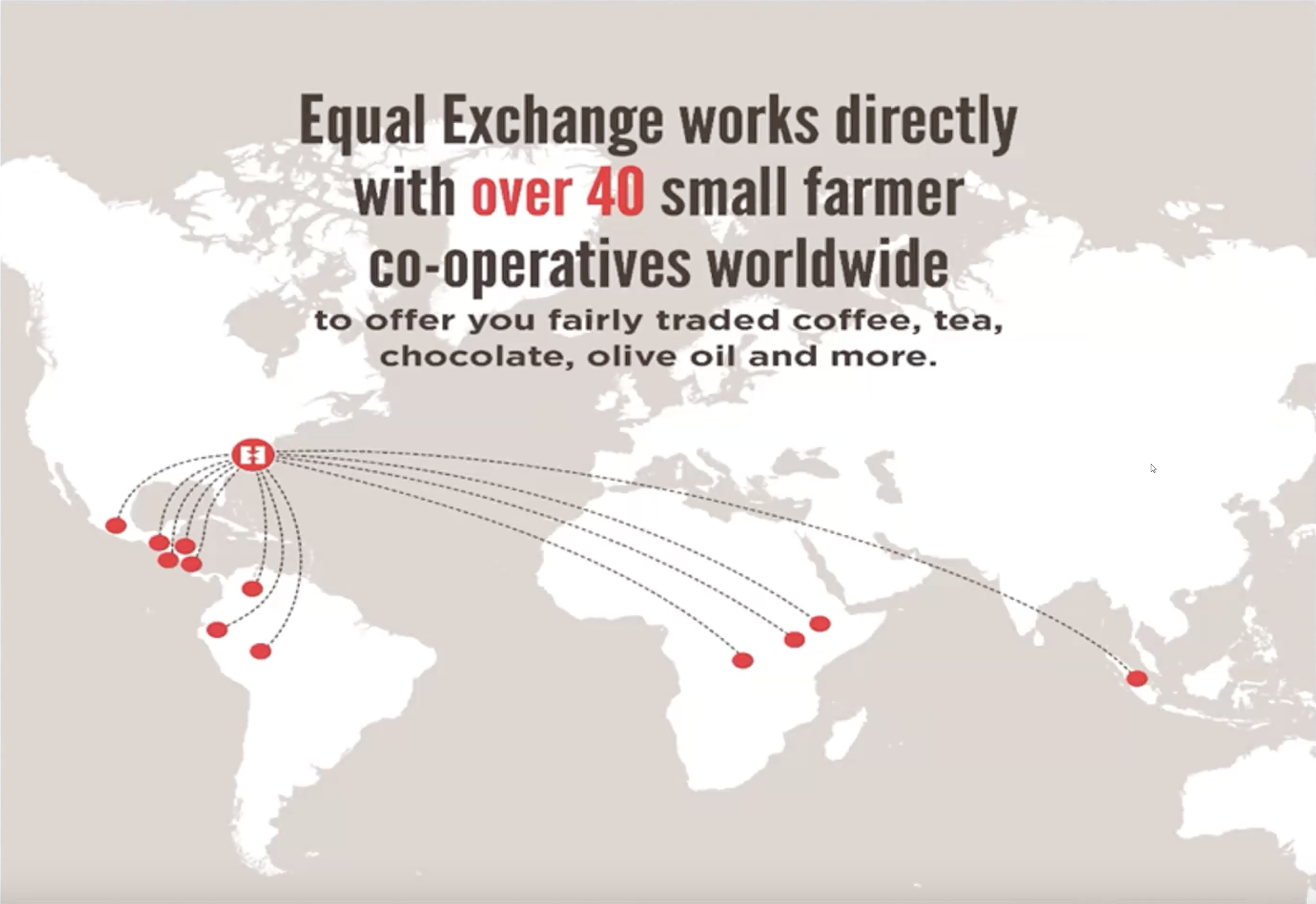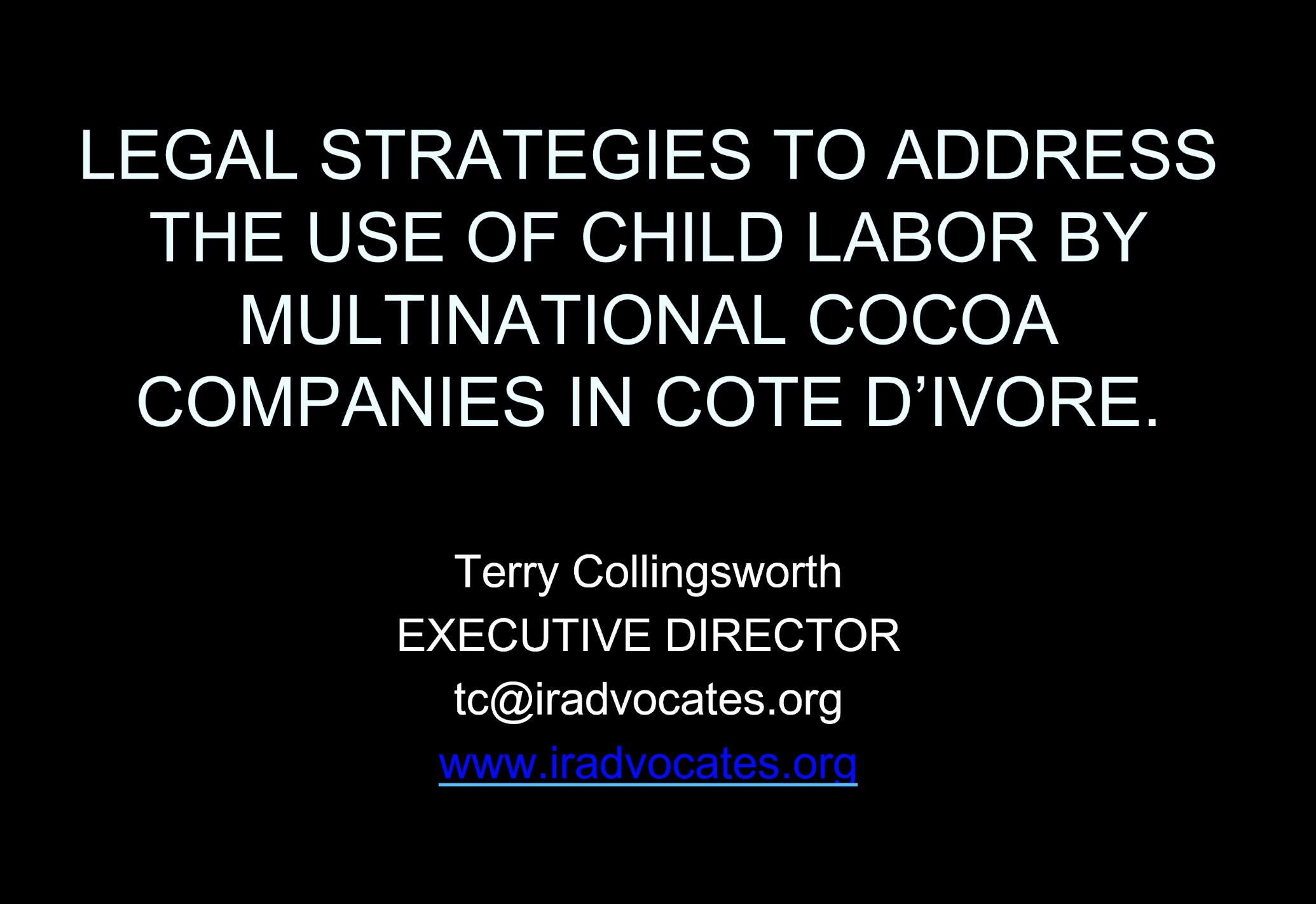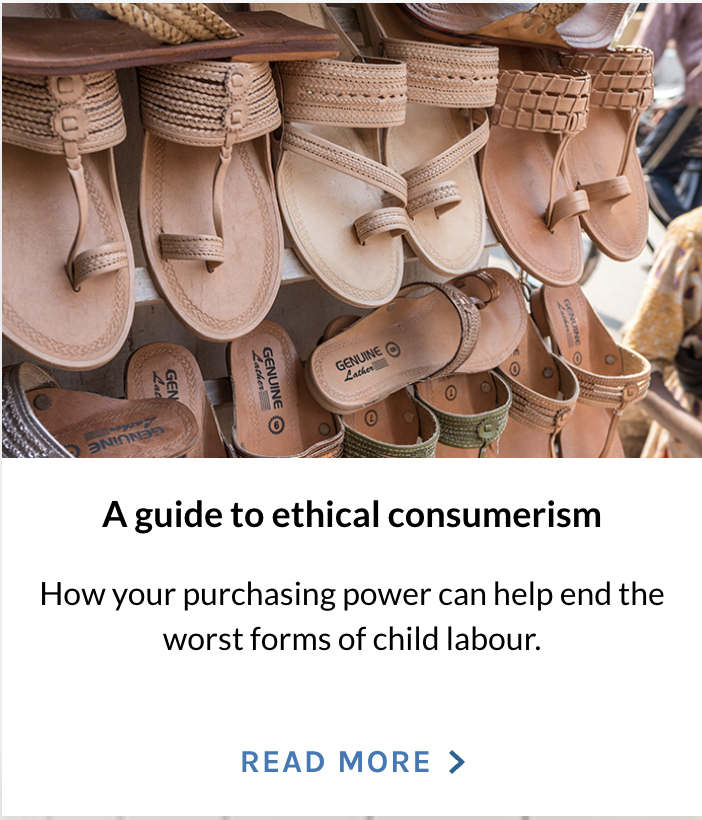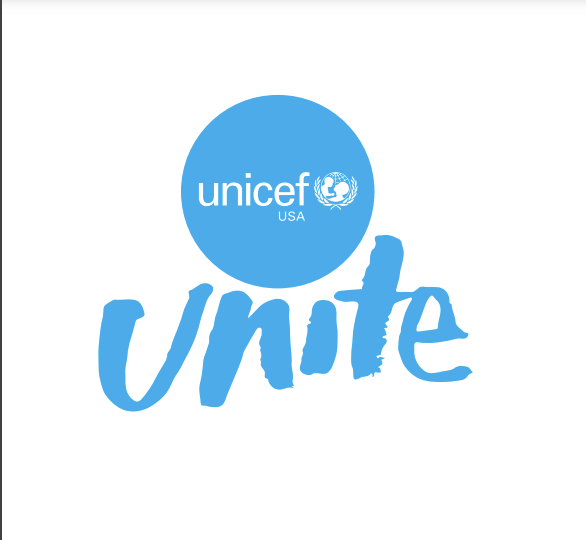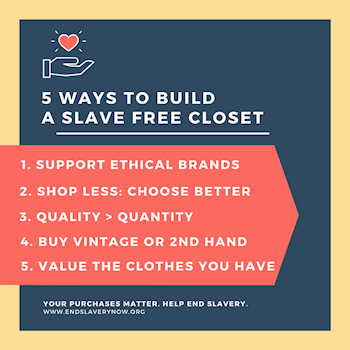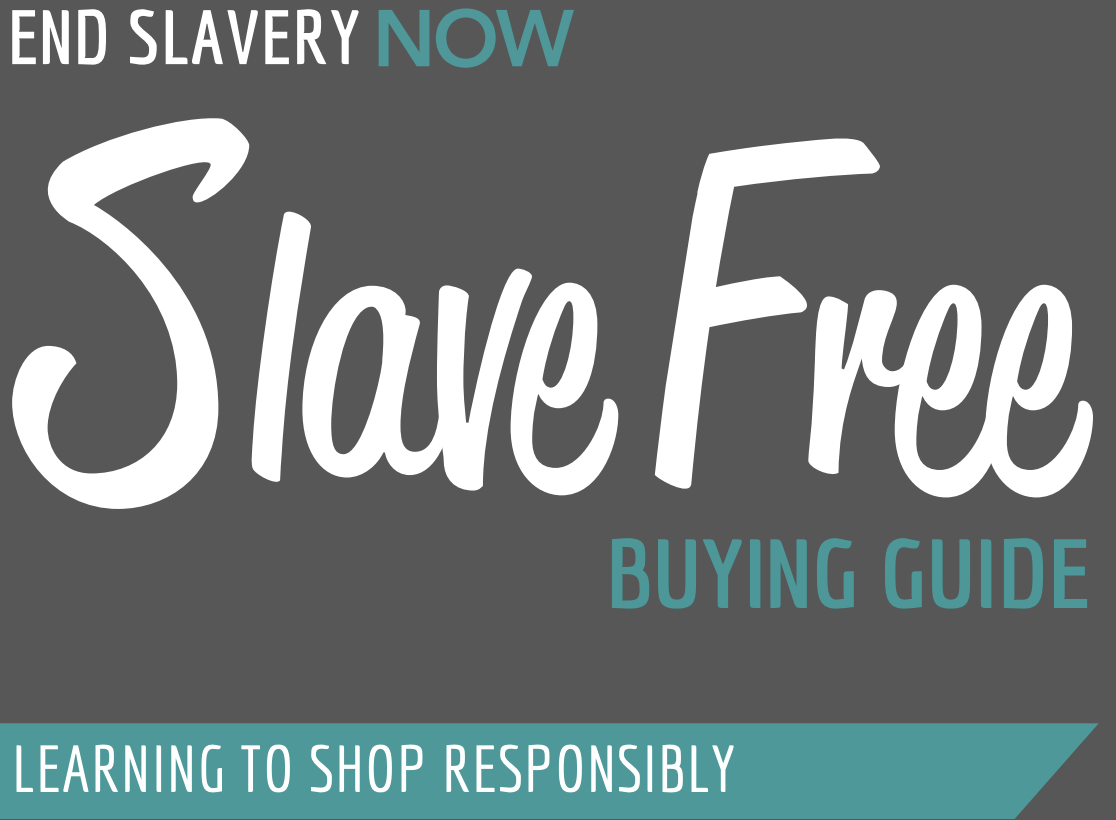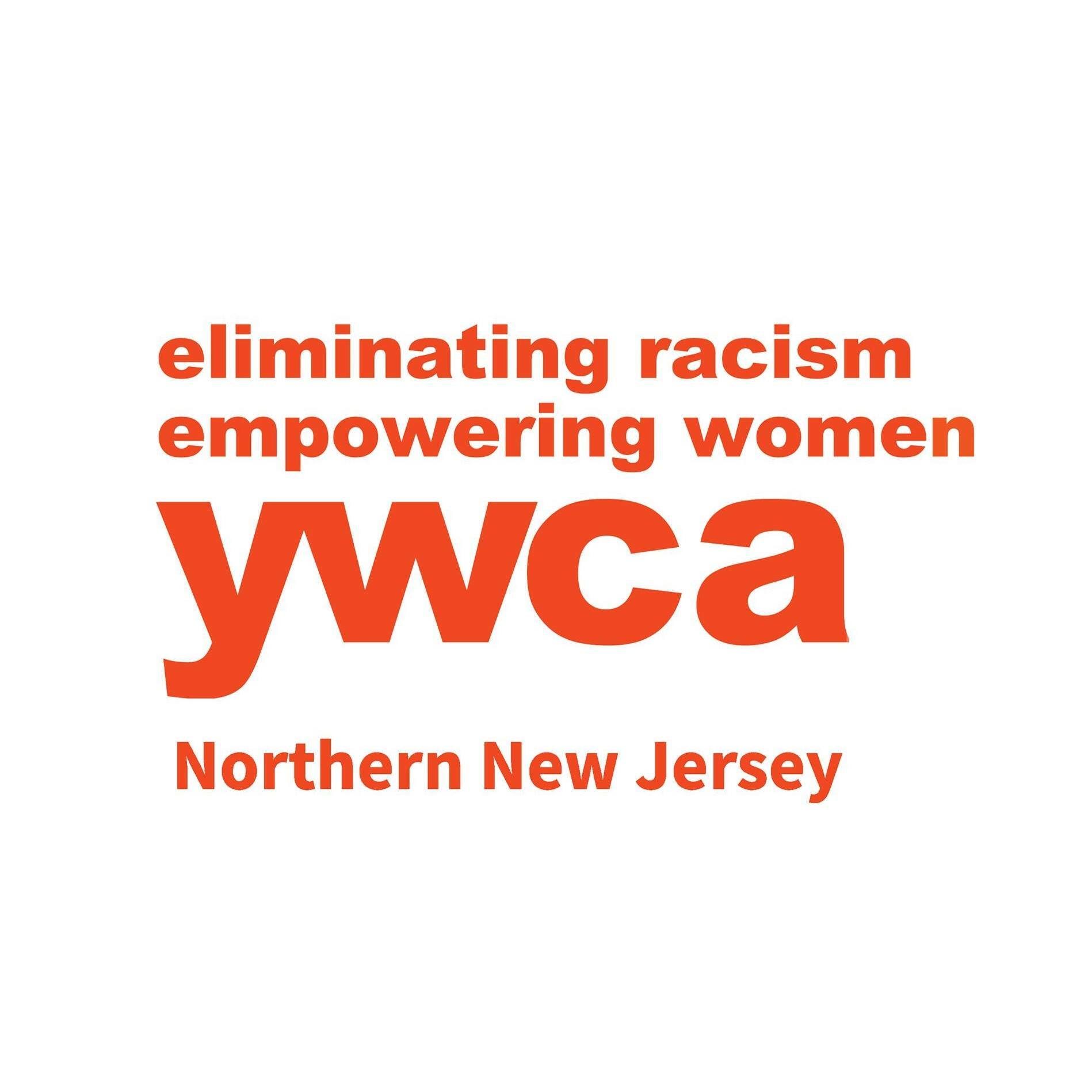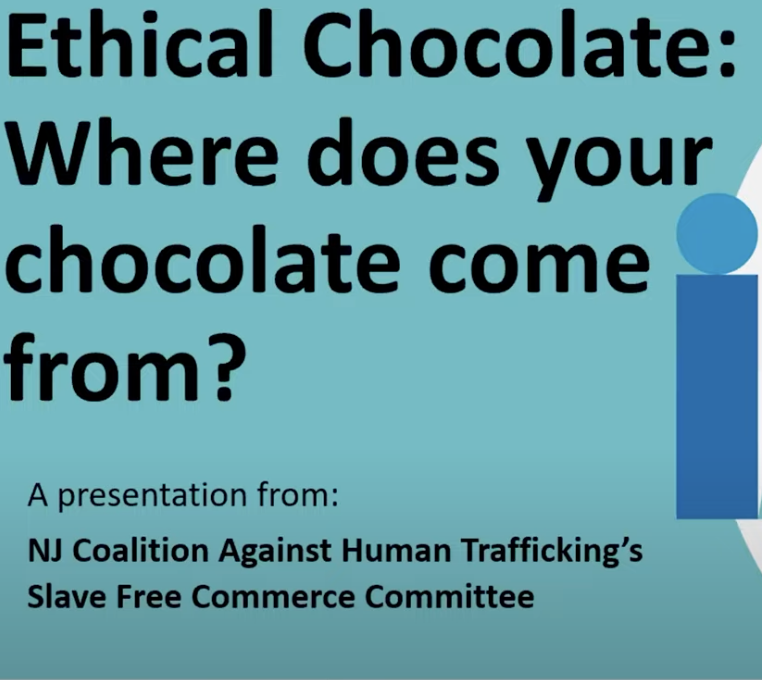What's in Your Shopping Cart?
And why does that matter?
Your shopping cart may contain items produced by child labor or forced labor, forms of human trafficking.
It is estimated there are over 25 million people trafficked each year, with four fifths of those being exploited through labor trafficking. The U.S. Department of Labor has identified 148 goods from 76 countries made by forced and child labor.
The demand for cheap products fuels labor trafficking around the world.
You can make a difference by what you put in your shopping cart.
When we inadvertently purchase products, such as chocolate, coffee, and clothing, made with trafficked labor, we are unwittingly enriching the traffickers.
What can we, as consumers do?
We can choose products that state and document ethically sourced resources and labor practices. Businesses can apply for "Fair Trade" certification, a process managed by Fair Trade Certified, used to demonstrate their commitment to ending labor trafficking. Using the Fair Trade label is a great start, and while this label is by no means 100% assured, if offers the consumer a high degree of confidence in their purchase.
If you are thinking about USDA certified Organic products as an option, that label is about agricultural practices and environmental impact, and does not account for labor practices. However, that does not mean organizations cannot be both fair trade and organic.
As you think about what you can do, there are few important points to consider:
Change takes time and effort.
This is a process, requiring us to rethink how we spend our money.
Perfection is not expected; make different choices when and where you can.
When we collectively make small changes in our lives, we also make big changes in society.
It is estimated that human trafficking generates $150 Billion dollars (USD) annually for the criminals running these schemes.
Let's hit their bottom line.
Below are some external resources on where to buy fair trade chocolate, cotton, and coffee.
The NJ Coalition Against Human Trafficking reviews resources for values alignment, validity and accuracy, and relevance and timeliness; sometimes things become outdated, or new evidence comes to light.
A Guide to Ethical Consumerism
Conscious Consumerism and You Demanding an End to Child Labor and Trafficking
5 Ways to Support Ethical Fashion
End Slavery Now: Slavery-Free Buying Guide
International Coffee Day with YWCA NNJ & NJCAHT
Ethical Chocolate: Where does your chocolate come from?
- A Guide to Ethical Consumerism, by World Vision
- Conscious Consumerism and You Demanding an End to Child Labor and Trafficking
- 5 Ways to Support Ethical Fashion
- End Slavery Now: Slavery-Free Buying Guide
- International Coffee Day with YWCA NNJ & NJCAHT
- Ethical Chocolate: Where does your chocolate come from?
- Slave Free Chocolate
- How Does Labor Trafficking Occur in U.S. Communities and What Becomes of the Victims?


